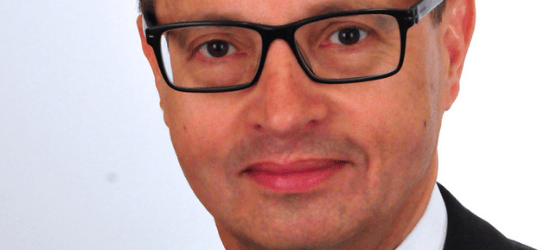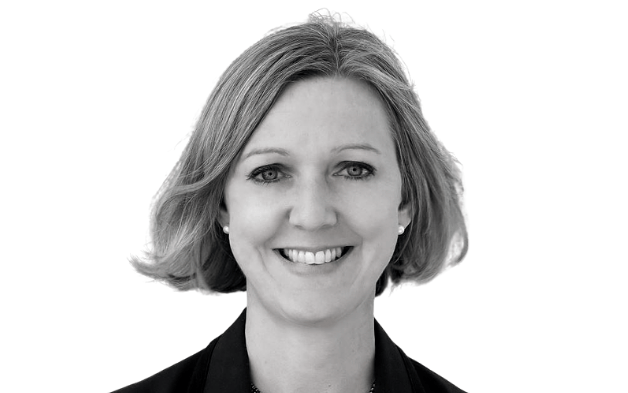Institutional investors are facing growing calls for a stronger engagement in development, in particular for infrastructure, climate and social investments. The investment requirements for global sustainable development are huge. State budgets are already stretched in most emerging markets and developing countries (EMDE), with tax bases weakened and public debt piling up.
Stagnating private finance in developing countries
The pandemic has exacerbated weaknesses also on the private sector side. External private finance tends to be highly volatile in EMDEs. Foreign direct investment has severely slowed down. Portfolio investments play an insignificant role in low-income countries, where capital markets are less developed. Even the controversial Chinese banks’ lending has retracted.
The World Bank’s PPIAF reports stagnating volumes of infrastructure projects with private participation in EMDEs at around $100 billion per year, or about 0.3 per cent of GDP. Furthermore, they are mainly concentrated in a small number of middle-income countries like China, India, Brazil, Vietnam or Russia. Low-income economies only see a small and even shrinking fraction, according to the G20’s Global Infrastructure Hub.
Mobilising “blended finance”
Multilateral development banks (MDB) and other development finance institutions (DFI) are being urged to step up in their role as active facilitators of private investment, in addition to the traditional operations such as grants, loans and advisory services. The “mobilisation” of private capital for development by MDBs has, so far, been small (about an annual 0.2% of GDP). Only a few billions reach the poorest countries, of which little goes into health, education and other social infrastructure. Loans and guarantees are the dominant instruments while fund vehicles and equity stakes appear under-used.
There is no shortage of opinions on what governments, DFIs and investors should do to improve the flow of money. One concept has become much talked about in recent years: “blended finance”, the use of public or philanthropic finance to increase private sector investment in development. Scope, metrics and definitions vary widely. Blended finance vehicles are often complex and not easy to scale up. Importantly, the involvement of asset owners is still meager.
Obstacles for institutional investors
The spotlight is now on institutional investors, often seen as reluctant to deploy at least a fraction of their $150 trillion of assets to crucial investments in EMDEs. Many investors are indeed keen to broaden the set of investment opportunities in growth markets. There are various hurdles and challenges, including:
- the (actual and perceived) political, regulatory and micro risks
- regulations, fiduciary duty, investor mandates
- investor capacity and costs
- specific constraints for less liquid investments like transport or water/sewage projects.
How to match long-term investing with development needs? Our comprehensive report, Financing Development: Private Capital Mobilization and Institutional Investors, provides key analysis and recommendations for both policy makers and investors. In fact, institutional investors have moved into emerging markets since the 1990, mostly by buying securities of large, listed companies (such as financials, utilities or telecoms) or government bonds. More investors are now gaining exposure to EMDEs via private equity/debt or infrastructure funds. Some large asset owners are undertaking direct investments e.g. in renewable energy.
In short, investors can build on experience gained in middle income countries. There is scope for progress also in less developed economies when the conditions are right and opportunities arise. The main burden is with governments. More and better action is possible, with the DFIs here to help.
Creating long-term investment opportunities
- Investment environment. Good governance in a reasonably stable legal and political environment is paramount. The less developed a country, the more public institutions – domestic and international – must to be up to the task.
- Investable assets. Governments need to work out a pipeline of assets that are suitable for private sector investors. Clarity on the underlying, long-term funding will facilitate financing and investing.
- MDBs: Many international investors find co-investing alongside MDBs a good way of entry into “more difficult” countries and riskier, less liquid assets – for reasons of experience, risk mitigation, local knowledge and political clout.
- Co-investment vehicles
Equity co-investment vehicles for riskier countries and sectors are still underdeveloped. Both commercial and blended finance vehicles (e.g. with certain limited credit enhancements or insurances) targeting investors of different risk appetite could be expanded.
- Domestic investors
As their asset base grows, domestic investors in EMDEs can play an increasing role not only in domestic and regional investments, but also help crowding in international asset owners.
- Sustainability and impact investing
Responsible investor boards are keen to raise their ESG and SDG profiles, opening a new door. Such demand could be increasingly satisfied in EMDEs. Green and social bonds will gain momentum also in developing countries. We see tentative steps towards investing in low-income countries via impact funds, e.g. in water, housing and other community projects.
Expectations need be realistic on the potential of institutional investors, particularly in less-developed countries. Policy makers, DFIs and investors should not just focus a few headline policy vehicles. They need to better utilise the full spectrum of investment routes: impact, blended and especially commercial. Even small re-allocations of capital can have a big impact on the ground.
Georg Inderst is an independent adviser to institutional investors and international institutions, based in London.



